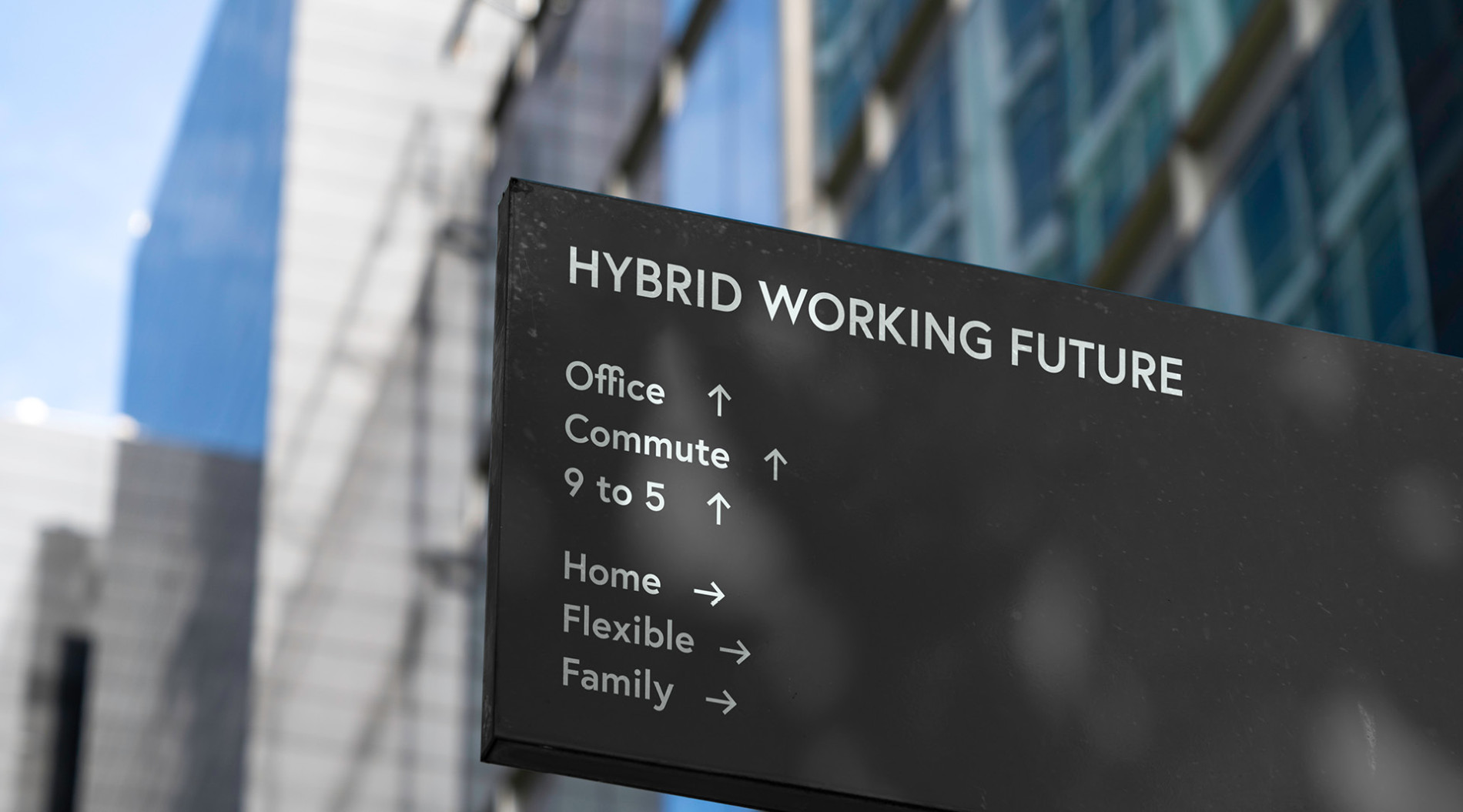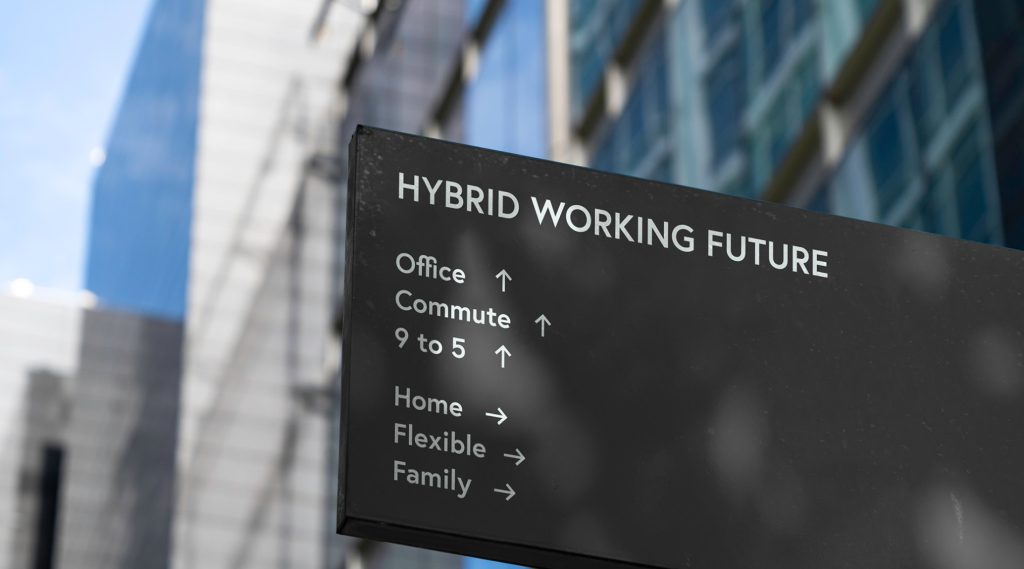AI in Recruitment: What is the Right Balance Between Tech and Human?
AI’s current role in recruitment
The idea of using artificial intelligence in the recruitment process is far from new. AI has developed exponentially in recent years, and is now used in a wide range of recruitment functions. It can produce positive outcomes in the automation of candidate sourcing and identification, assist in matching candidates with potential employers, and introduce increased efficiencies in the hiring of remote workers.
One of the main recognised advantages of the use of AI in recruitment is that it actively supports diversity in hiring by eliminating both conscious and unconscious bias. In short, artificial intelligence empowers recruiters to deliver a better experience for candidates and an improved result for employers.
There are, however, still some challenges to be overcome, and it’s important to strike the right balance between the use of technology and human intervention where it’s needed.
AI trends in recruitment
Artificial intelligence is most often used in hiring to automate tasks involving a lengthy time commitment or a high volume of data screening and checking.
Social media
Social media can be used as a starting point for the recruitment process, and also analysed by AI to determine a shortlisted candidate’s suitability.
Initially, a role may be advertised on social media sites by targeting potentially suitable applicants using the sites’ AI advertising tools and algorithms. Facebook, for example, lets advertisers target ads according to demographics, location, connections, interests and activities. LinkedIn has similar options, with the unsurprising addition of education and experience.
Later in the process, recruiters may conduct an AI analysis of an applicant’s social media presence, either before the interview stage or after shortlisting.
Resume screening
Large volumes of applicant resumes can be analysed for keywords, required skills, qualifications and experience, or other desirable characteristics. Human unconscious bias against race, ethnicity, gender and age can be eliminated by anonymising. A shortlist can be prepared of candidates for further testing or an interview, and the scheduling of these events can be automated.
Chatbots
Chatbots can be used to communicate with candidates, and even conduct an initial interview using a list of questions, with the responses then being analysed using AI.
Adecco, for example, uses its Career Assistant chatbot to personalise the job search experience for candidates by initiating conversations via SMS, email, and chat, reaching the largest possible audience. The conversation designer tool actively guides candidates down the application funnel, answering pre-screening questions, automatically scheduling interviews and collecting valuable information.
Video interview and analysis
A candidate’s responses and body language (facial expressions, gestures, tone of voice, emotions) during recorded video interviews can also be analysed. Natural language processing software may be used to assess their personality, character and values.
Reference checking
Software is available to collect references from applicants – using artificial voice technology or automated emails – check the results against information provided by the applicant, analyse the quality and reliability of referees’ responses and provide insights into what was said or written.
Benefits of using AI in recruitment
Using AI during the hiring process is not a superficial and unnecessary innovation. There are many benefits to be gained.
Save time and money
AI speeds up recruitment procedures, saving recruiters’ time, potentially reducing the cost, and filling vacant roles faster so that business interruptions are minimised. AI-backed screening and intelligent chatbots collect and analyse data in a tiny fraction of the time that would be required by humans.
Objectivity
Bias and errors of judgement can occur when hiring is a human-only process end-to-end. Artificial intelligence does not have opinions or operate subjectively (unless the algorithm is faulty). All data is analysed, and results presented, objectively.
Quality
It can be difficult to identify the most suitable person for a role when the talent pool is extensive. The most qualified and experienced person who may be the best cultural fit may not even be actively seeking a new position. A sourcing and matching algorithm can not only analyse candidates who have deliberately applied for an advertised role, but also discover potential recruits via social media and publicly available profiles.
Adecco’s Recruitment Connect and Assessment Xpert packages digitise the recruitment funnel whilst still providing a seamless and engaging candidate journey. They automate pre-screening, incorporating recorded and live video interviews and assessments. This delivers the best qualified candidates faster, based on their answers and scoring, and aims to deliver a transparent and seamless experience for job seekers.
Challenges of using AI in recruitment
No system is perfect, so there are still some potential pitfalls to bear in mind.
Possible negative candidate experience
Applicants who don’t encounter a human being during the recruitment process – or perhaps not until they approach the conclusion – may be unnerved or disenchanted by the experience. Some good candidates may be lost along the way.
AI is still developing
Machine learning is not yet perfected. During this evolution stage it’s possible that there are still problems to be ironed out, flaws which may result in inconsistencies in the way data is analysed and presented.
Bias may be perpetuated
AI tools used in recruitment aim to analyse patterns based on an employer’s or role’s requirements. In doing so, they need some initial data input – such as keywords – against which to measure candidates. If the data input is obtained from, say, an employer’s preceding five years of recruitment, the AI tool could simply reproduce any existing unconscious bias.
Achieving the ideal tech/human balance
There can be no doubt that investment in artificial intelligence for recruitment will continue to grow, but AI is not yet ready – and is never likely to be ready – to replace humans entirely.
Its obvious advantages – reducing the time spent on repetitious and humdrum tasks, working to remove bias and identifying the best candidate from an almost limitless pool – are to some degree diluted by its drawbacks – a possibly negative reaction from an applicant confronted by chatbots and non-human assessment, the risk of perpetuating existing biases, and the fact that machine learning is still not an exact science.
AI is best regarded as a useful – even indispensable – adjunct to human perception and to engaging with prospective employees on a personal level. Left to its own devices, AI could fail to notice an ideal applicant with a less than perfectly designed resume, neglect to make allowances for nervous interviewees, or fall short in identifying the sometimes indefinable nuances of cultural fit.
The personal touch when it’s needed
Adecco’s integration of advanced technology into the recruitment process – to do what it does best while leaving experienced recruiters to add a personal dimension where it matters and make the final judgement call – is where the future lies in the vital search for talent.
Need more guidance?
Find out how our team at Adecco can add the best available technology and human insight to your talent search. To learn more, download the whitepaper AI in Recruitment: Striking the Right Balance between Technology and the Human Approach

A banner at the bottom of a blog promoting the AI in Recruitment whitepaper. The left side has a red angled design with the text “AI in Recruitment – Striking the right balance between technology and the human approach – download now.” The right side features the cover of the whitepaper.











